Deserts host a surprising variety of plant life, but many of these species are now under threat. Climate change is altering the delicate balance in these harsh environments. Rising temperatures, reduced rainfall, and extreme weather patterns are making survival more difficult for some desert plants. Many species that have adapted over centuries are now struggling to cope.
Saguaro Cactus
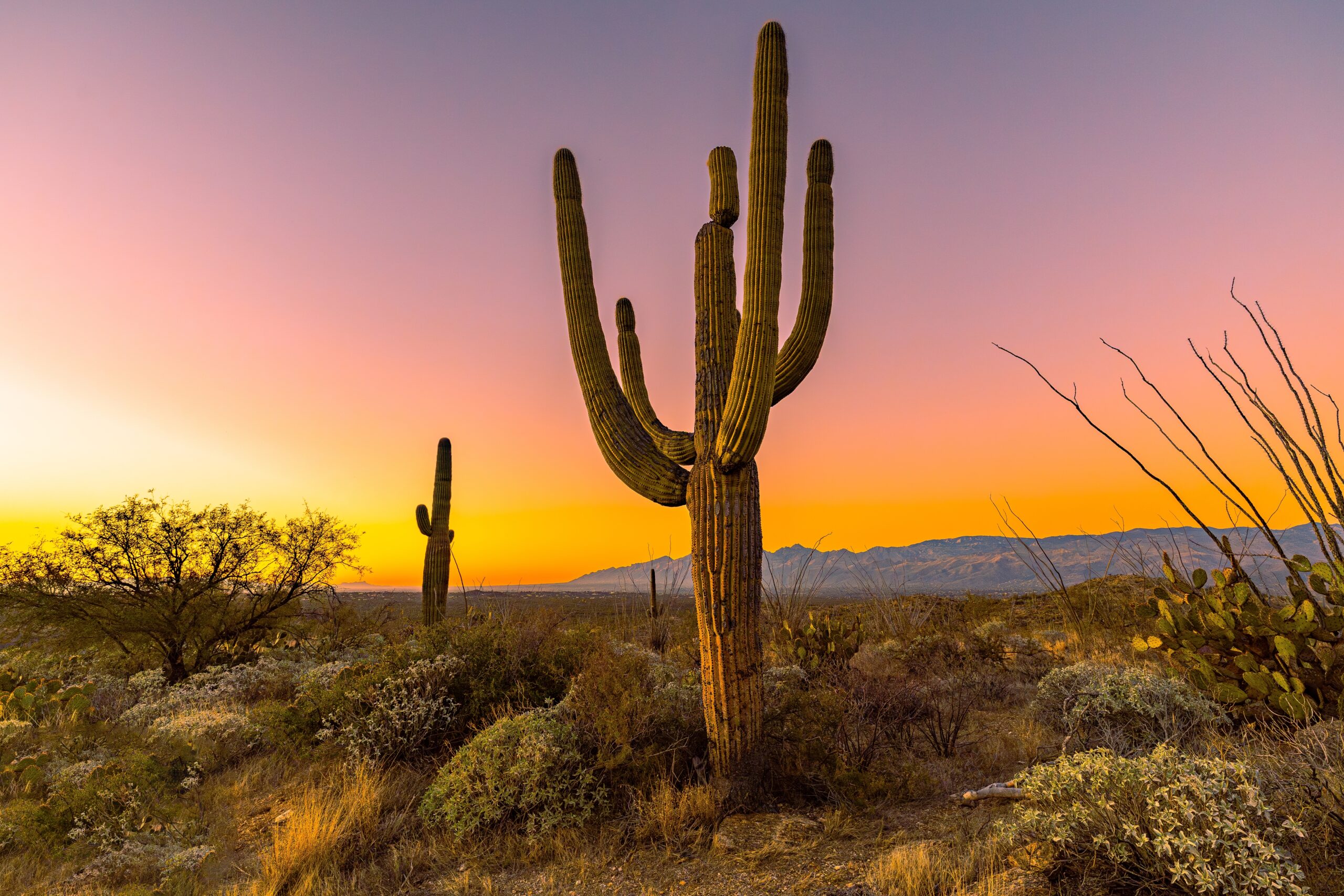
The iconic Saguaro Cactus can grow over 40 feet tall and live for centuries. Its thick, fleshy arms store water, helping it survive long droughts. However, rising temperatures and increased wildfires are threatening its survival. Without enough rainfall, young Saguaros struggle to establish roots. Their slow growth makes them particularly vulnerable to climate shifts.
Joshua Tree
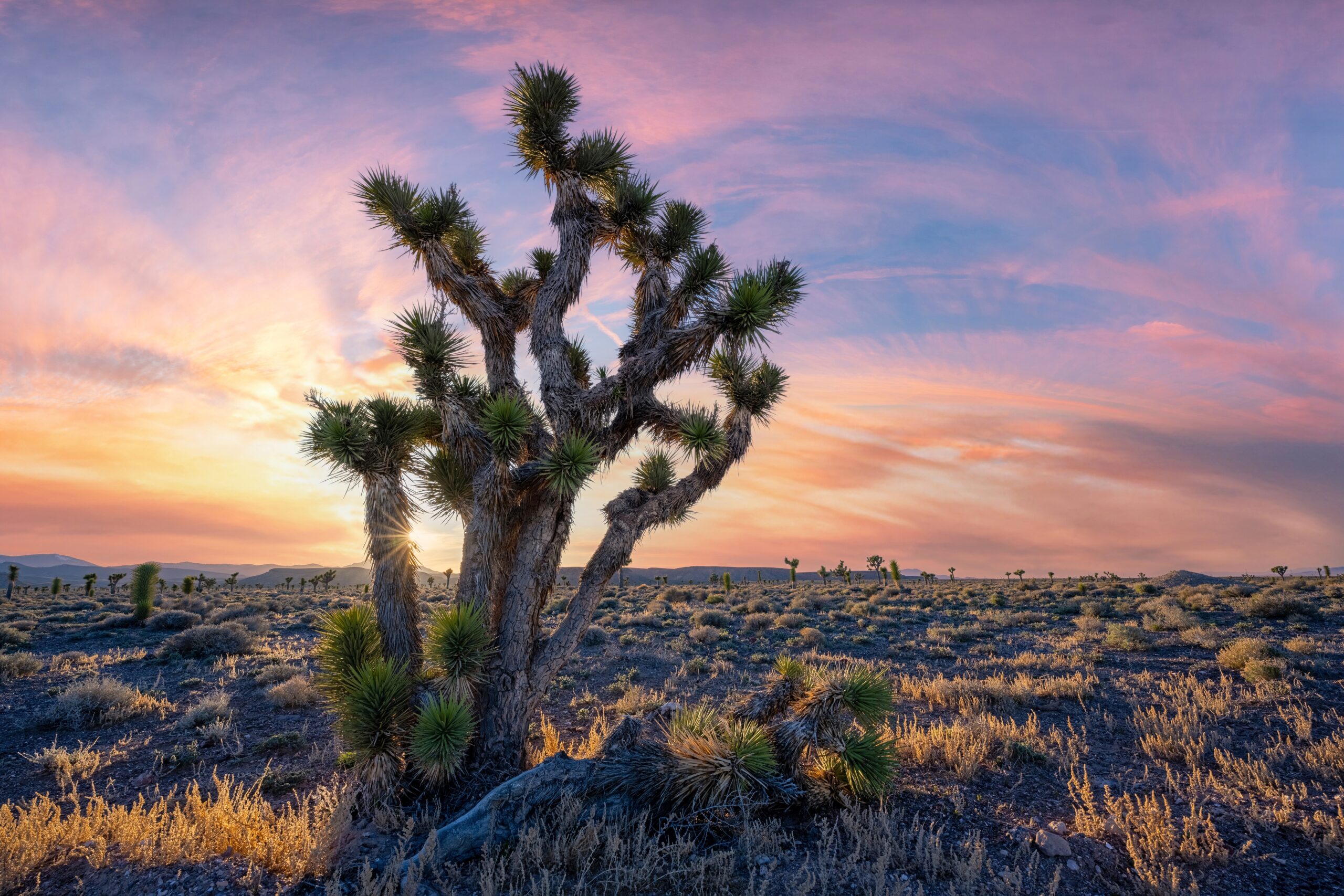
Joshua Trees are a symbol of the Mojave Desert, known for their twisted branches. These unique plants rely on specific conditions for survival. Rising temperatures are causing fewer seeds to sprout, reducing new growth. Their shallow root systems struggle to adapt to drought and heat. Wildfires also pose a major threat, damaging large populations.
Barrel Cactus
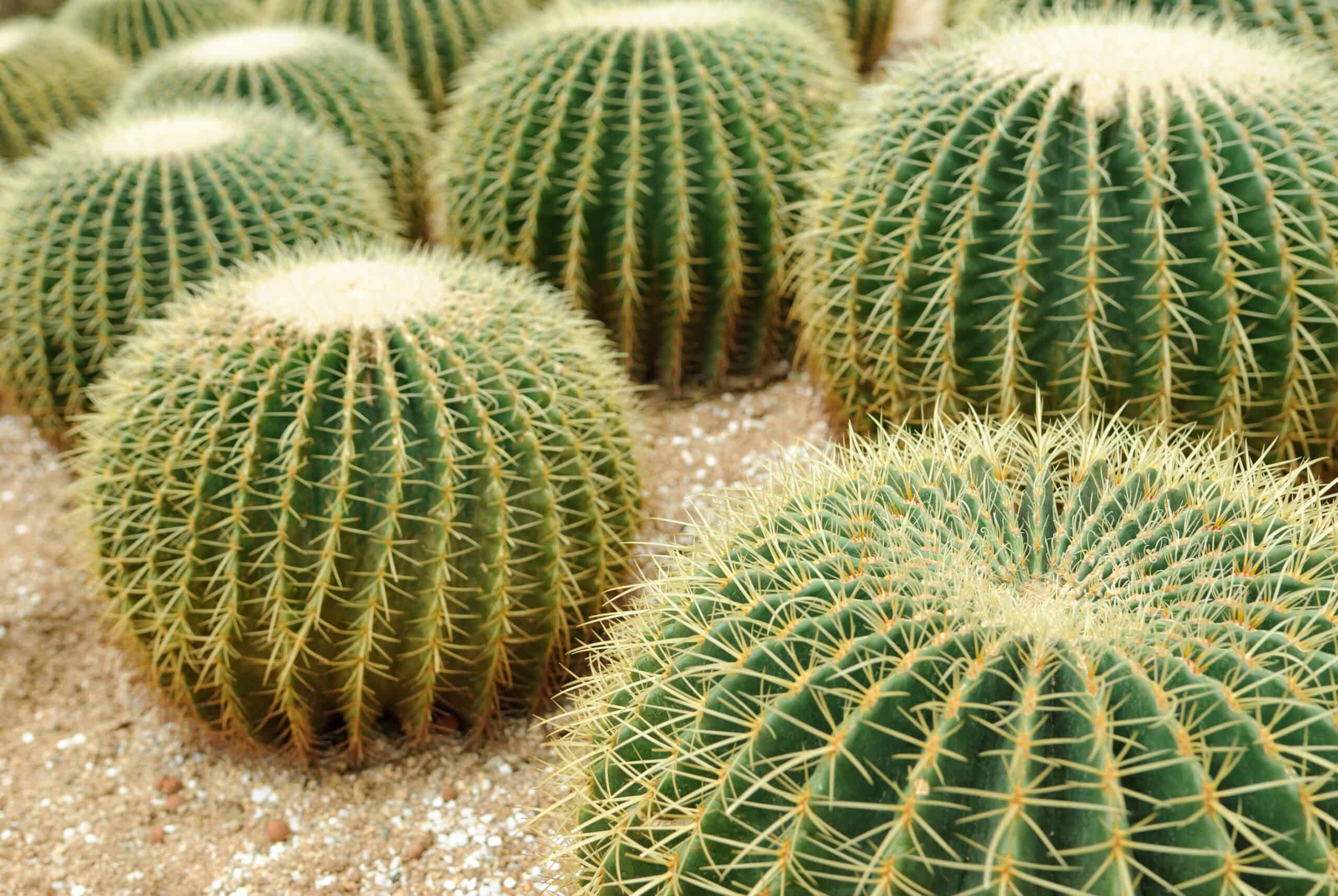
The Barrel Cactus is stout and cylindrical, storing water in its thick stem. It thrives in rocky, arid soils, but prolonged heat is impacting its survival. This cactus relies on consistent but sparse rainfall to maintain moisture. Climate change is disrupting these patterns, leaving it parched. The plant’s slow reproductive cycle further limits its chances of recovery.
Ocotillo
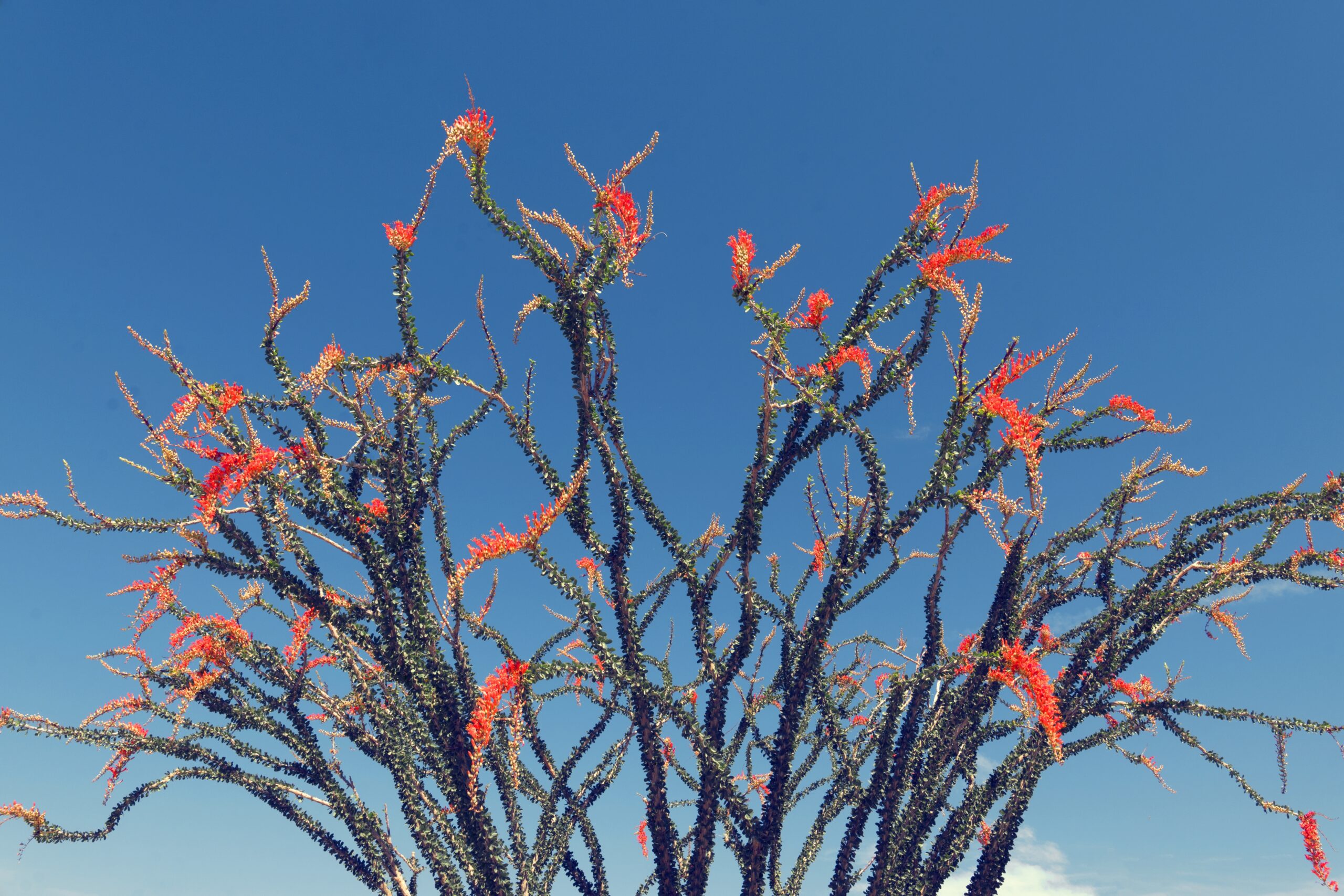
Ocotillo is a spindly desert shrub with bright red blooms that appear after rain. It thrives in the Sonoran and Chihuahuan deserts, but increasing drought is stressing its growth. Ocotillo relies on periodic rain showers to sustain itself. As rainfall decreases, its ability to bloom and reproduce is reduced. The plant’s deep root system can’t always reach the shrinking water table.
Mojave Yucca
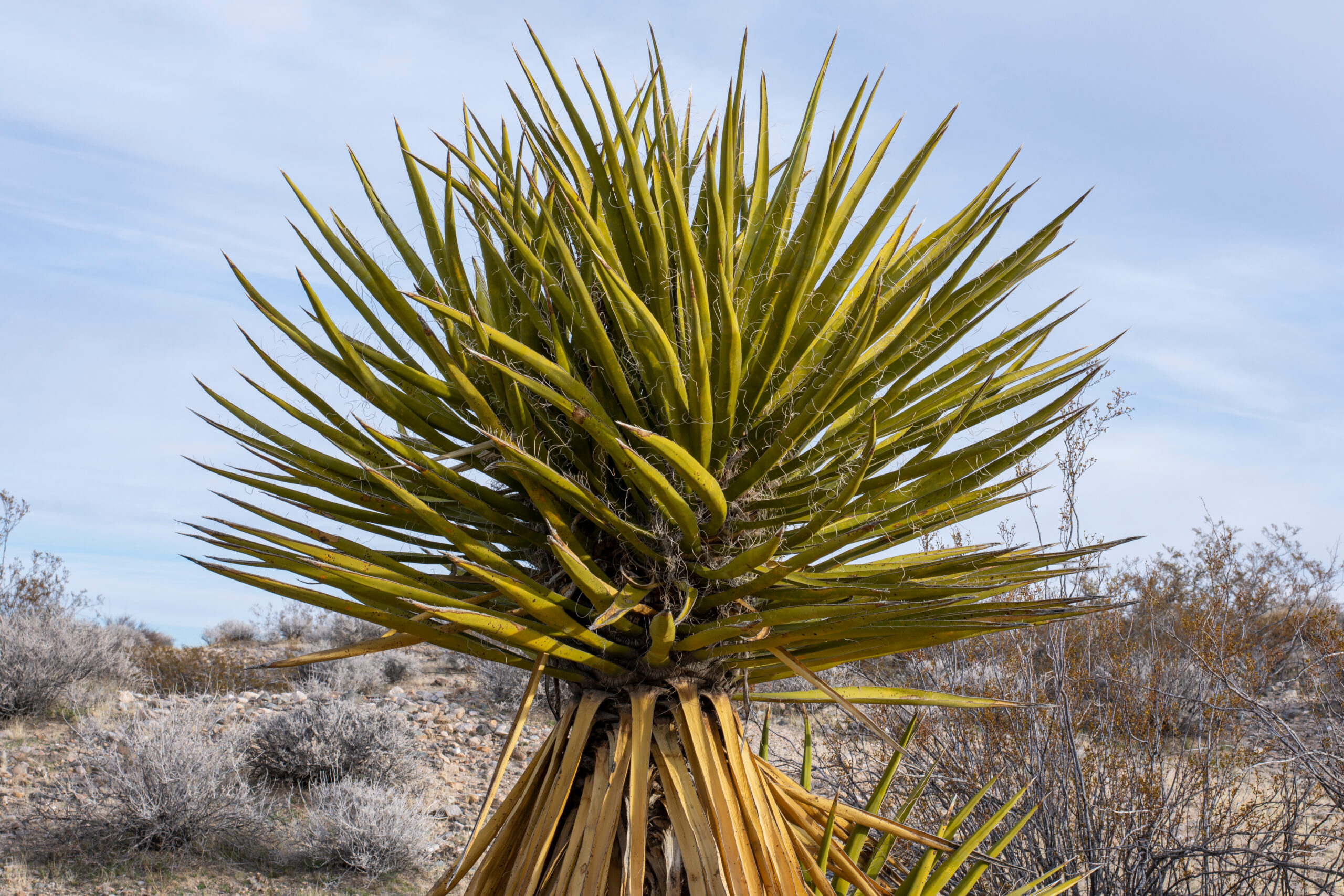
Mojave Yucca is a slow-growing plant with spiky leaves and a tall flowering stalk. It thrives in the Mojave Desert, but increasing heat and drought are putting stress on its survival. The plant relies on seasonal rains to support its growth and flowering. Without consistent moisture, it struggles to produce seeds. Over time, these conditions reduce its ability to regenerate.
Creosote Bush
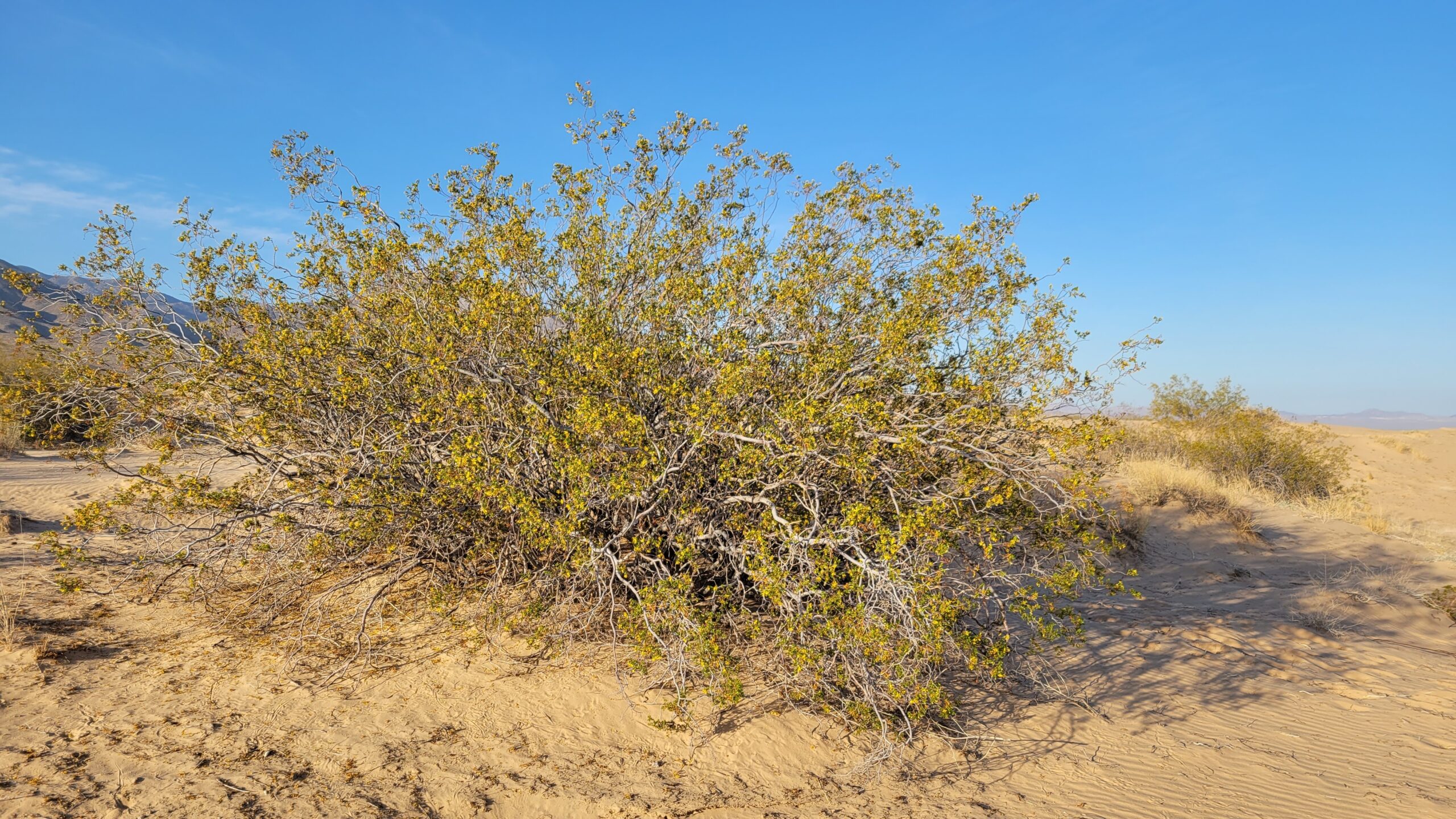
Creosote Bushes are some of the longest-living plants in the desert, often surviving for thousands of years. Their resin-covered leaves help them conserve water in dry conditions. However, higher temperatures and fewer rain events are stressing these resilient plants. As rainfall decreases, the bush’s shallow roots can’t reach deep enough moisture. Extreme heat further weakens its ability to thrive.
Agave
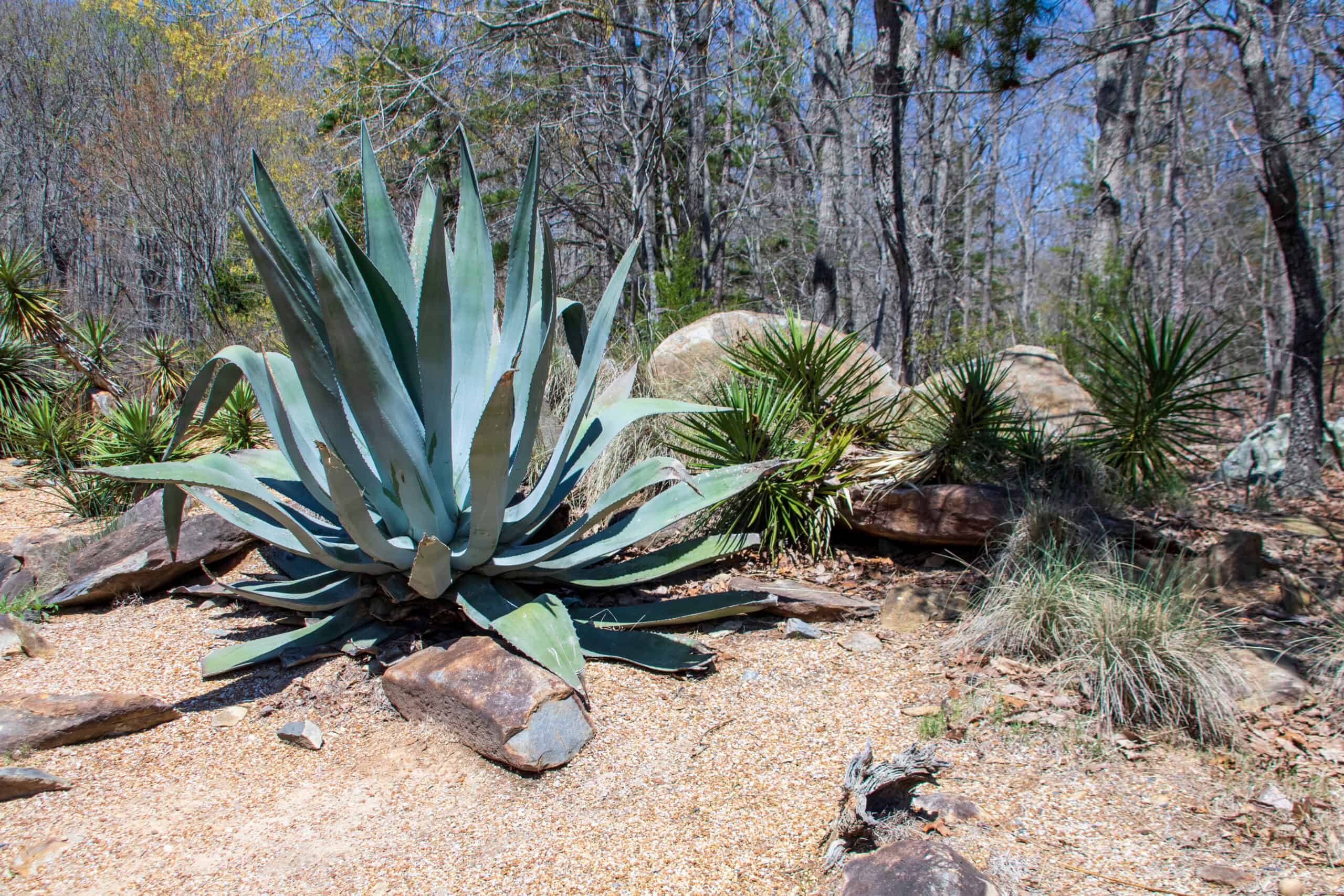
Agave plants are known for their rosette shape and thick, fleshy leaves that store water. They play a key role in desert ecosystems but are vulnerable to climate change. Prolonged droughts prevent Agave from accumulating the water it needs to flower and reproduce. Additionally, the hotter temperatures are speeding up their life cycle, reducing their ability to spread seeds. The decline in pollinators, like bats, further threatens their survival.
Soaptree Yucca
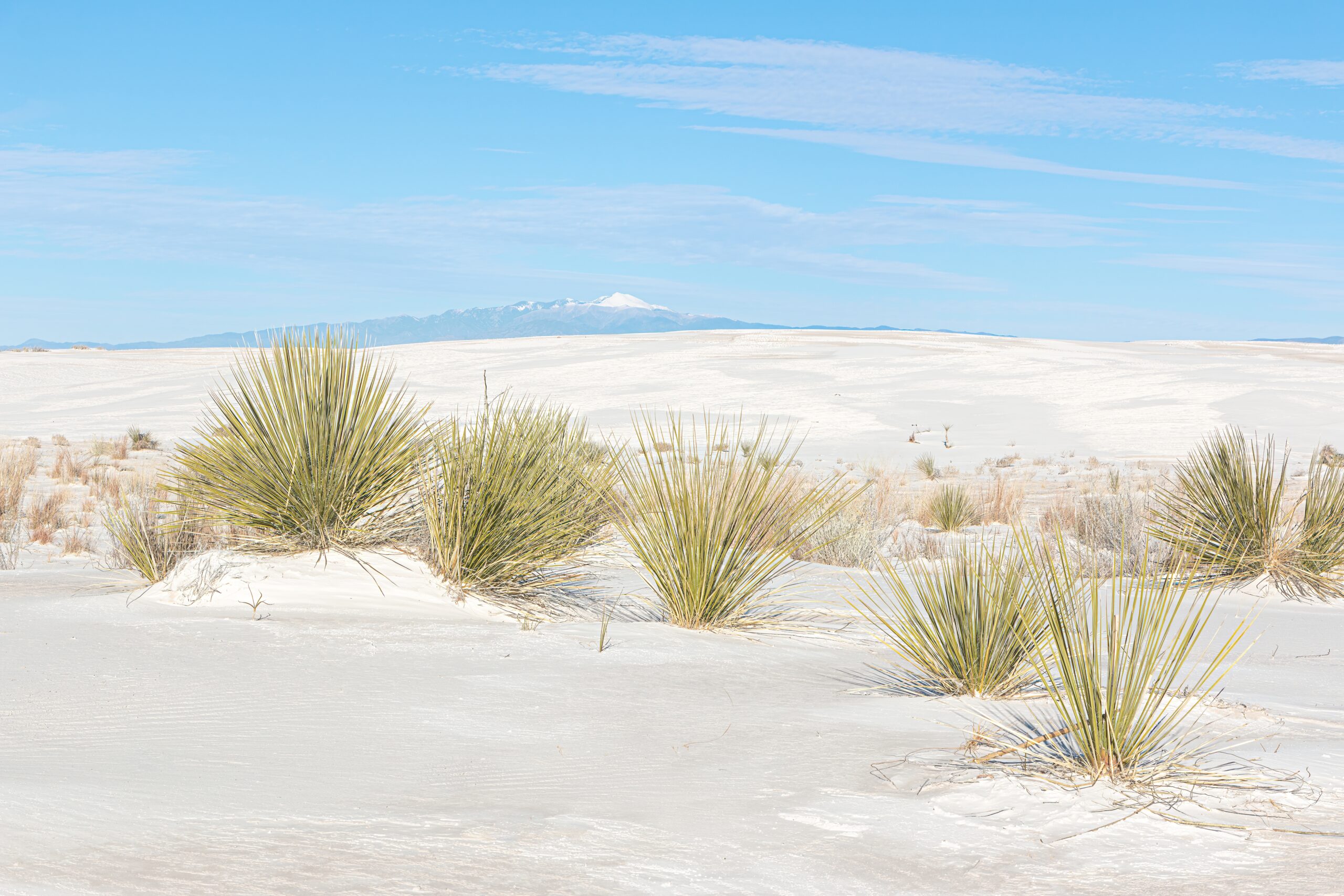
The Soaptree Yucca is tall with slender, spiky leaves. It can grow up to 20 feet and is found in arid regions of the Southwest. The plant stores water in its roots to survive dry spells. However, climate change is reducing the rainfall it depends on. Without enough water, the Soaptree Yucca struggles to bloom and reproduce.
Fishhook Cactus
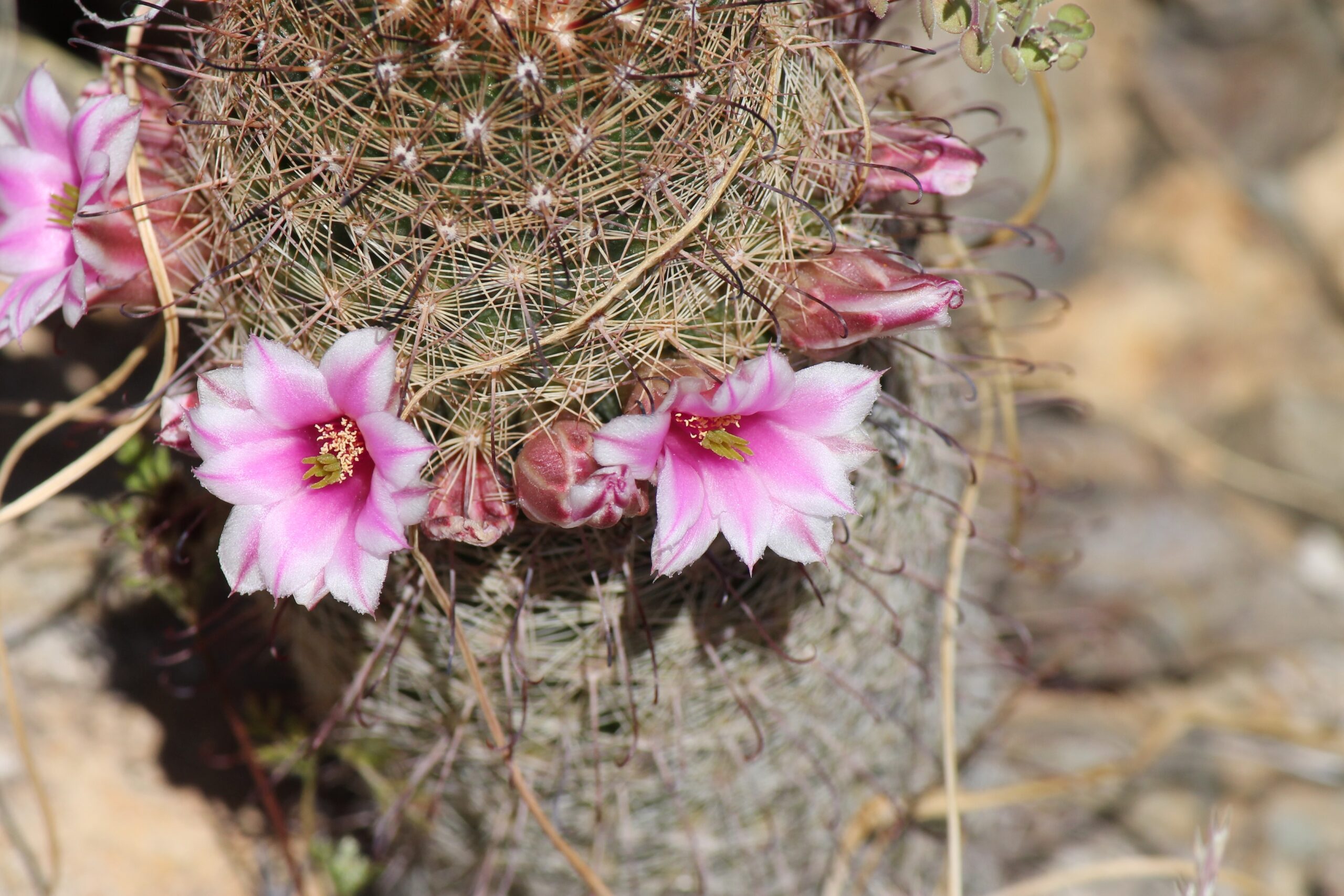
This small, round cactus is covered in hooked spines resembling fishhooks. It is well-suited to dry, rocky soils and stores water in its thick stem. Climate change is making it harder for the cactus to retain moisture. Prolonged drought and rising temperatures are causing stress. The plant’s slow growth makes recovery difficult.
Desert Ironwood
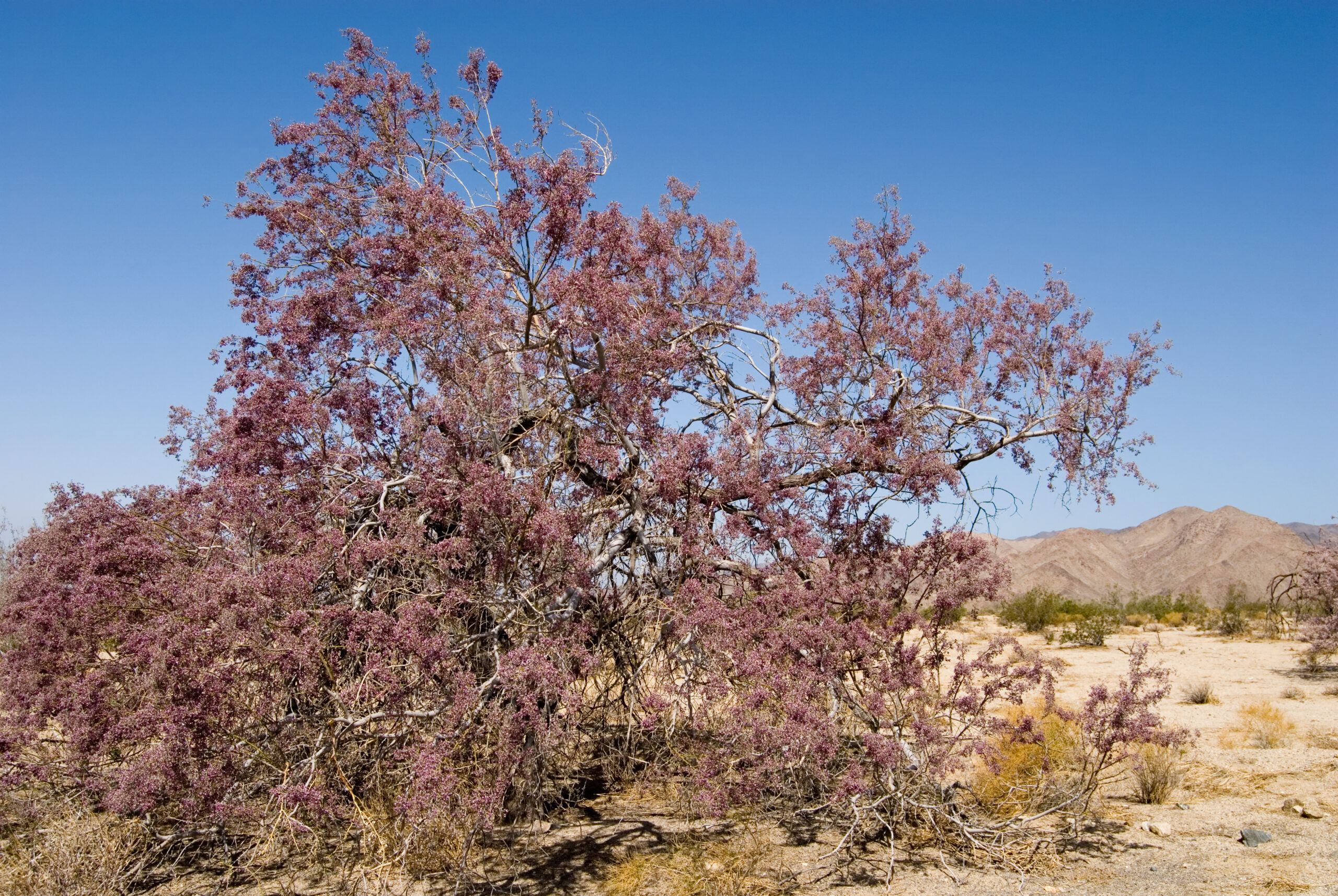
Desert Ironwood trees are known for their dense, strong wood. They provide shade and shelter for many desert species. Rising temperatures and decreased rainfall are threatening their survival. Without enough water, these trees can’t produce the blooms and seeds needed for regeneration. Wildfires also pose a growing risk to their populations.
Palo Verde Tree
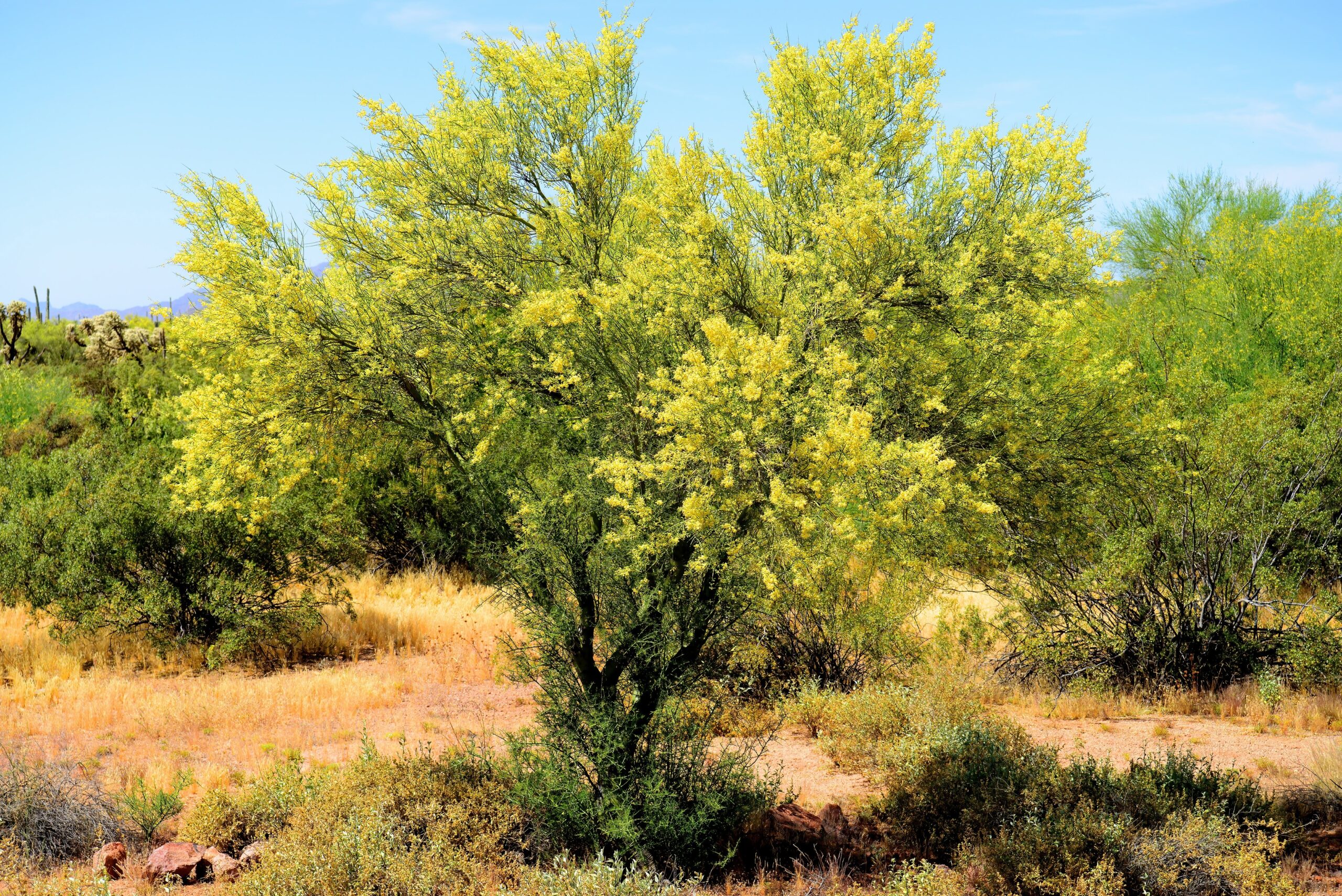
The Palo Verde Tree stands out with its bright green bark and yellow flowers. It thrives in desert areas but relies on sporadic rainfall to survive. As rainfall becomes less predictable, these trees struggle to grow. Prolonged droughts prevent the seeds from germinating, limiting new growth. The changing climate also increases wildfire threats to this tree.
Beavertail Cactus
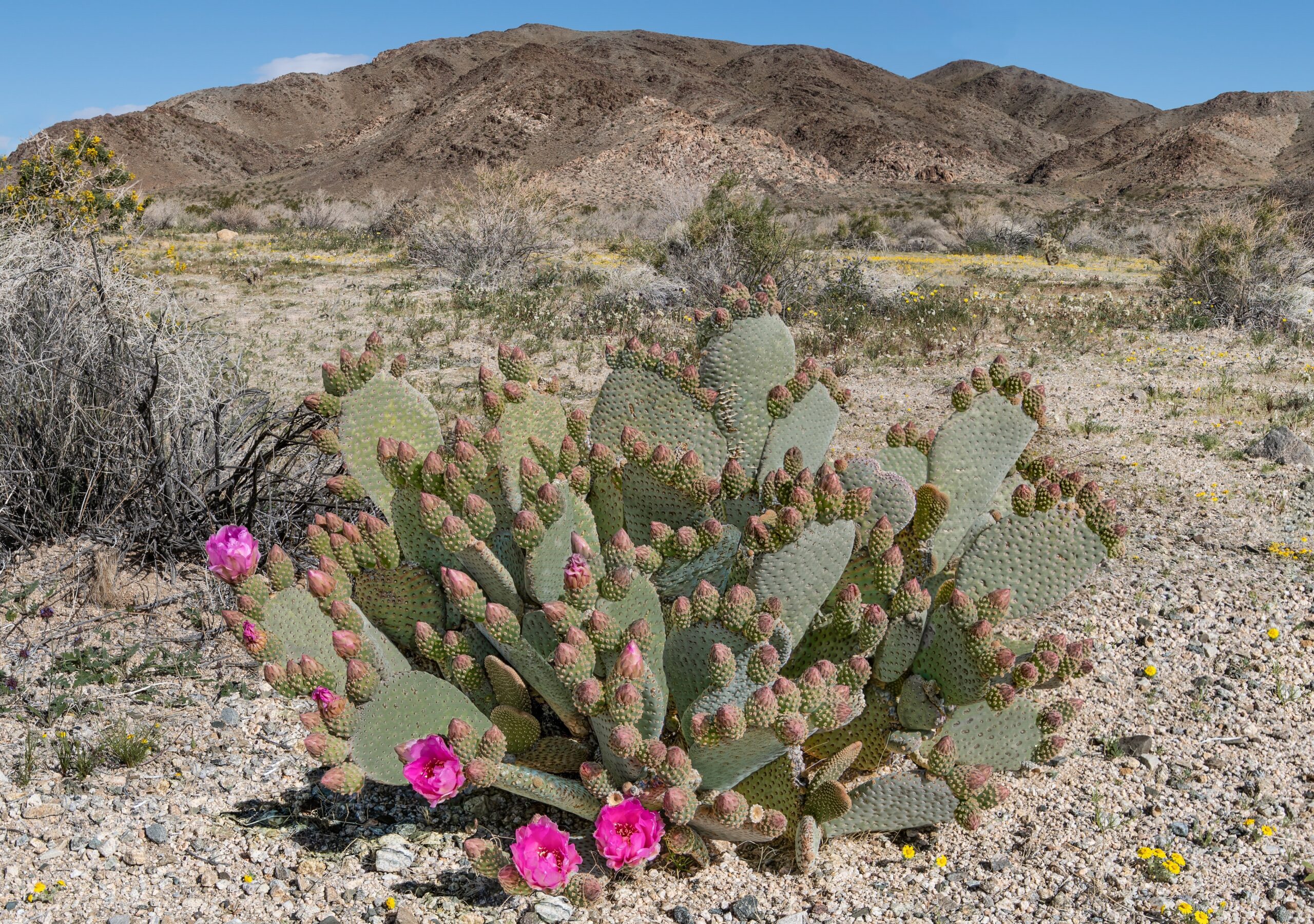
The Beavertail Cactus has flat, paddle-like stems that are covered in tiny spines. It is adapted to arid environments but needs occasional rain to thrive. As droughts become more common, the cactus struggles to store enough water. Climate change is disrupting its bloom cycle, reducing its ability to reproduce. This slow-growing plant faces increasing challenges as conditions worsen.
Prickly Pear Cactus
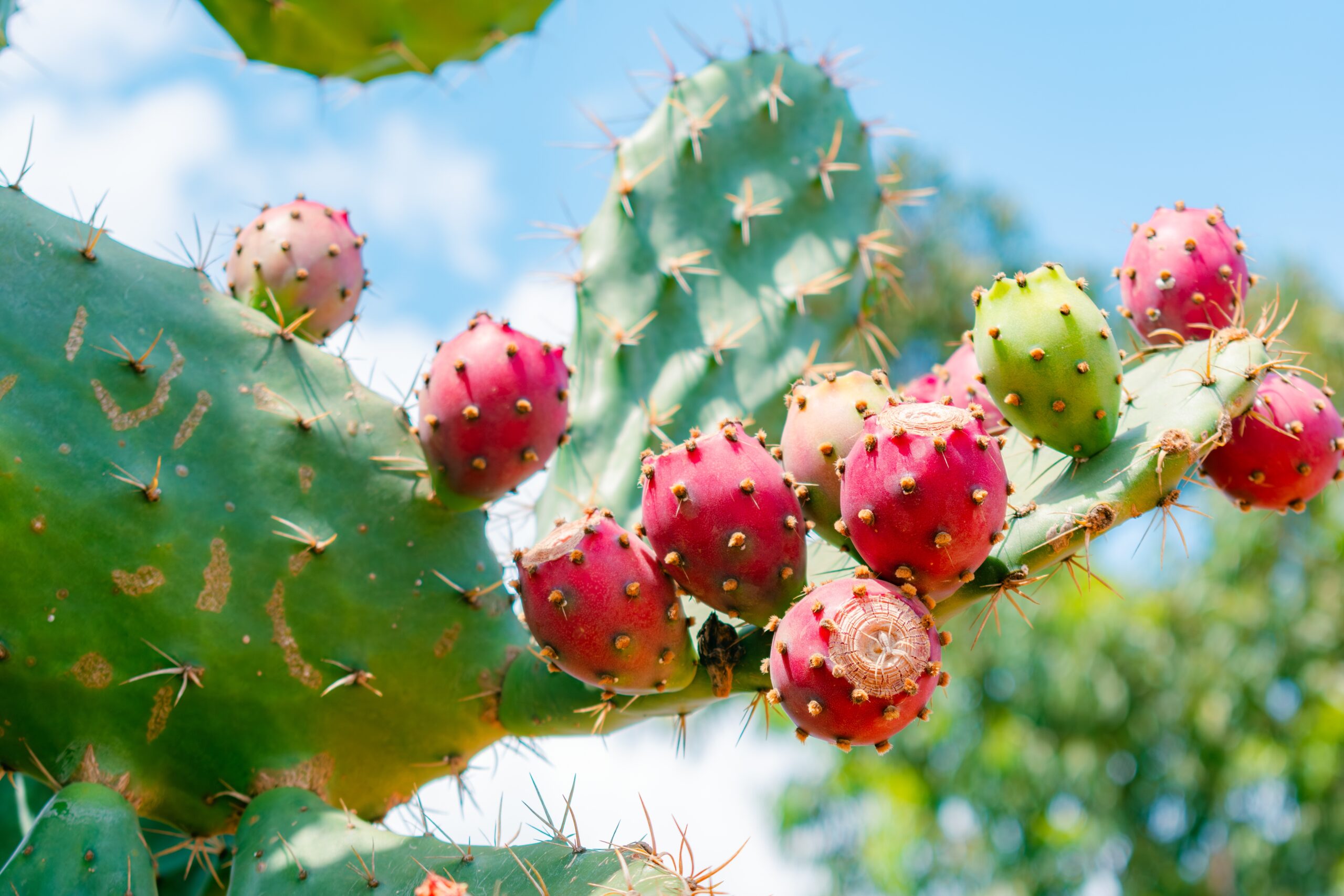
Prickly Pear Cactus is known for its flat pads and bright fruit. It thrives in deserts by storing water in its thick, fleshy pads. However, climate change is making it harder for the cactus to maintain moisture. Hotter temperatures and less rainfall are stressing its ability to survive. The plant’s reproductive cycle is also disrupted, leading to fewer new plants.
Sand Verbena
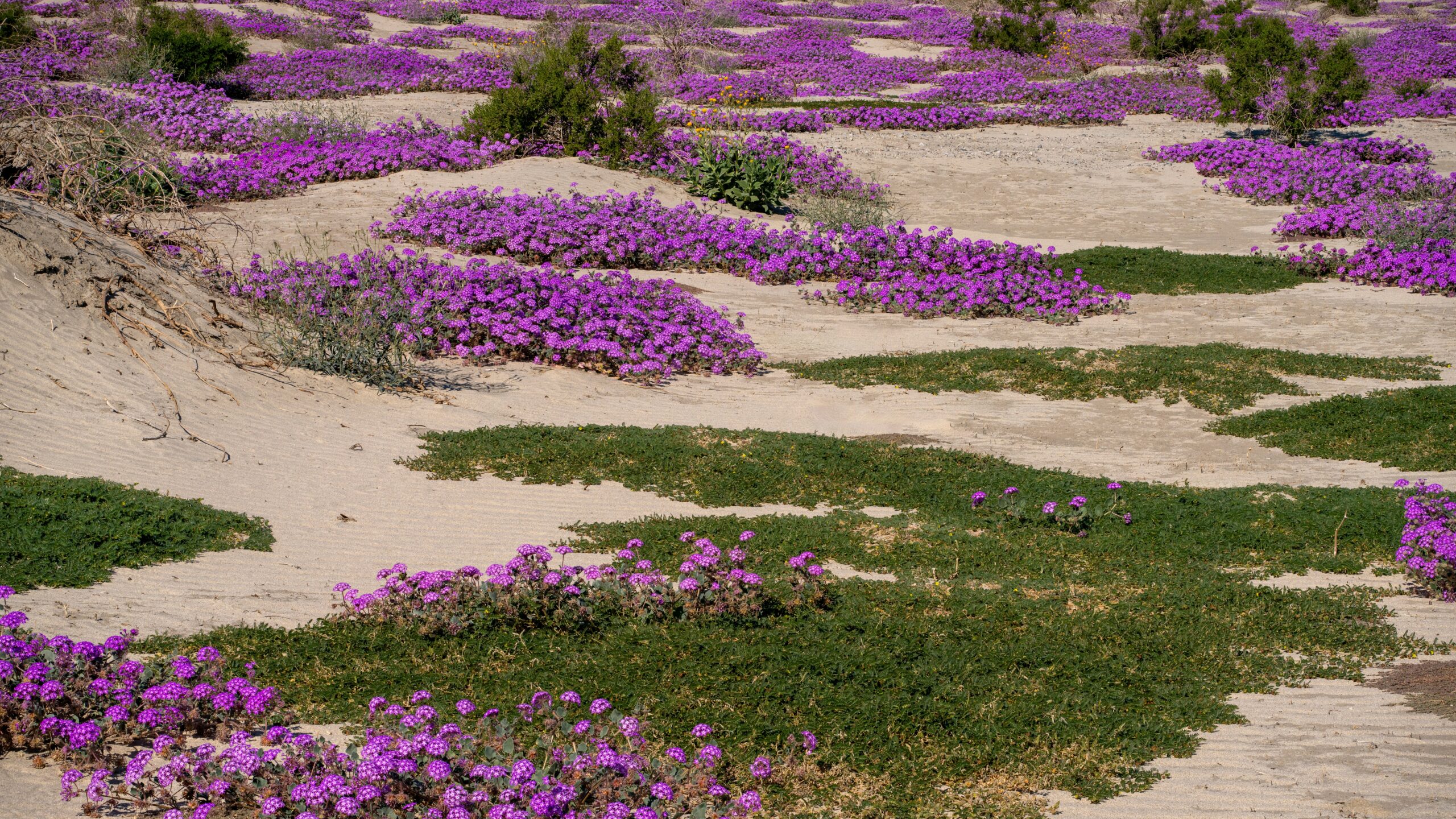
Sand Verbena is a low-growing, flowering plant that adds color to desert landscapes. It depends on seasonal rain to bloom. As climate change brings more droughts, the plant’s ability to flower and spread seeds is reduced. Without rain, Sand Verbena populations are declining. The rising heat also impacts its growth cycle, further threatening its survival.
Desert Marigold
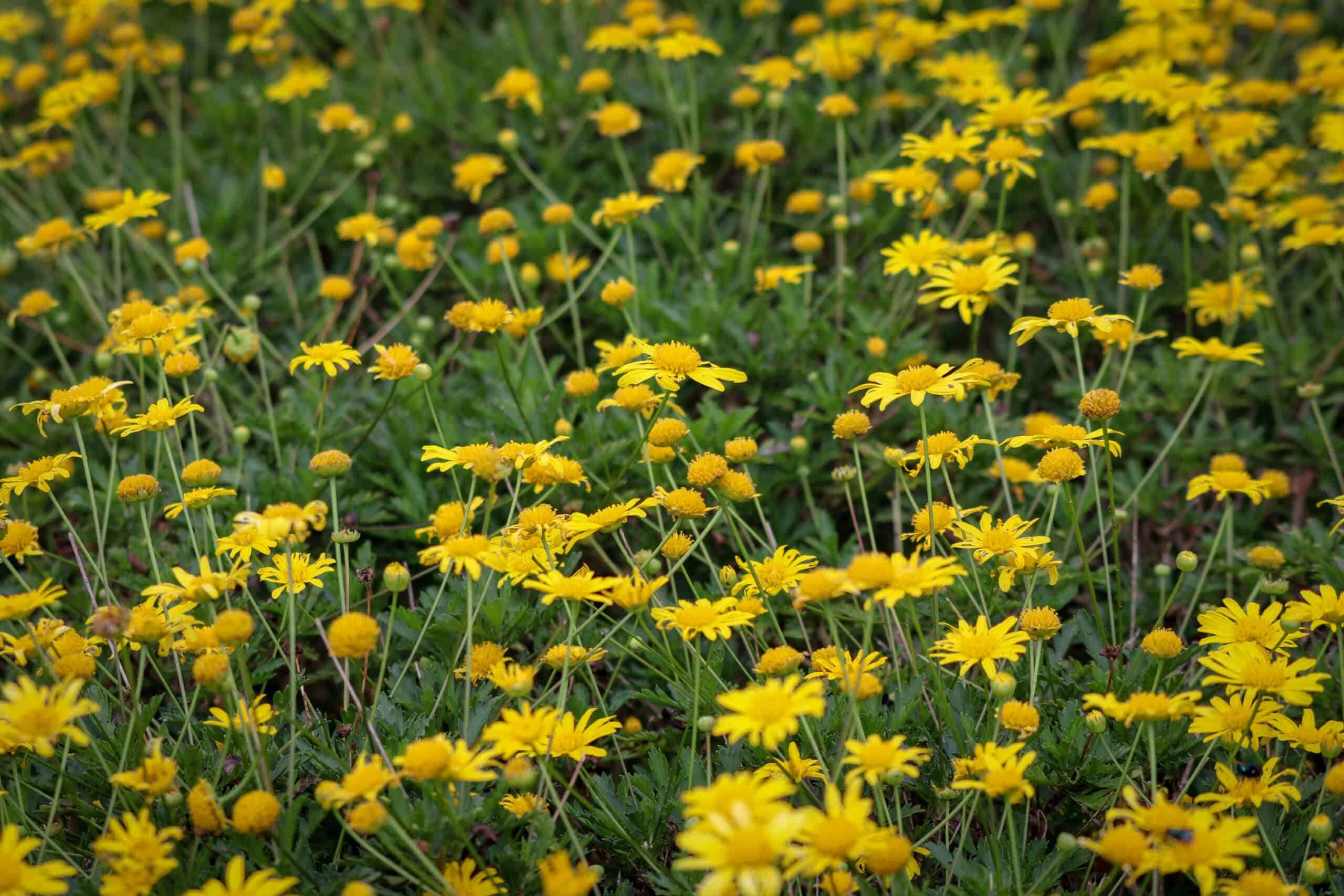
Desert Marigold is a bright yellow flower that thrives in dry, sandy soils. It blooms in response to rain, but with less rainfall, its flowering period is shrinking. The plant struggles to reproduce when droughts persist. Rising temperatures also put stress on its delicate structure. As a result, Desert Marigold populations are slowly declining.
This article originally appeared on Rarest.org.
More from Rarest.org
19 Ancient Reptiles That Have Survived Through Millennia
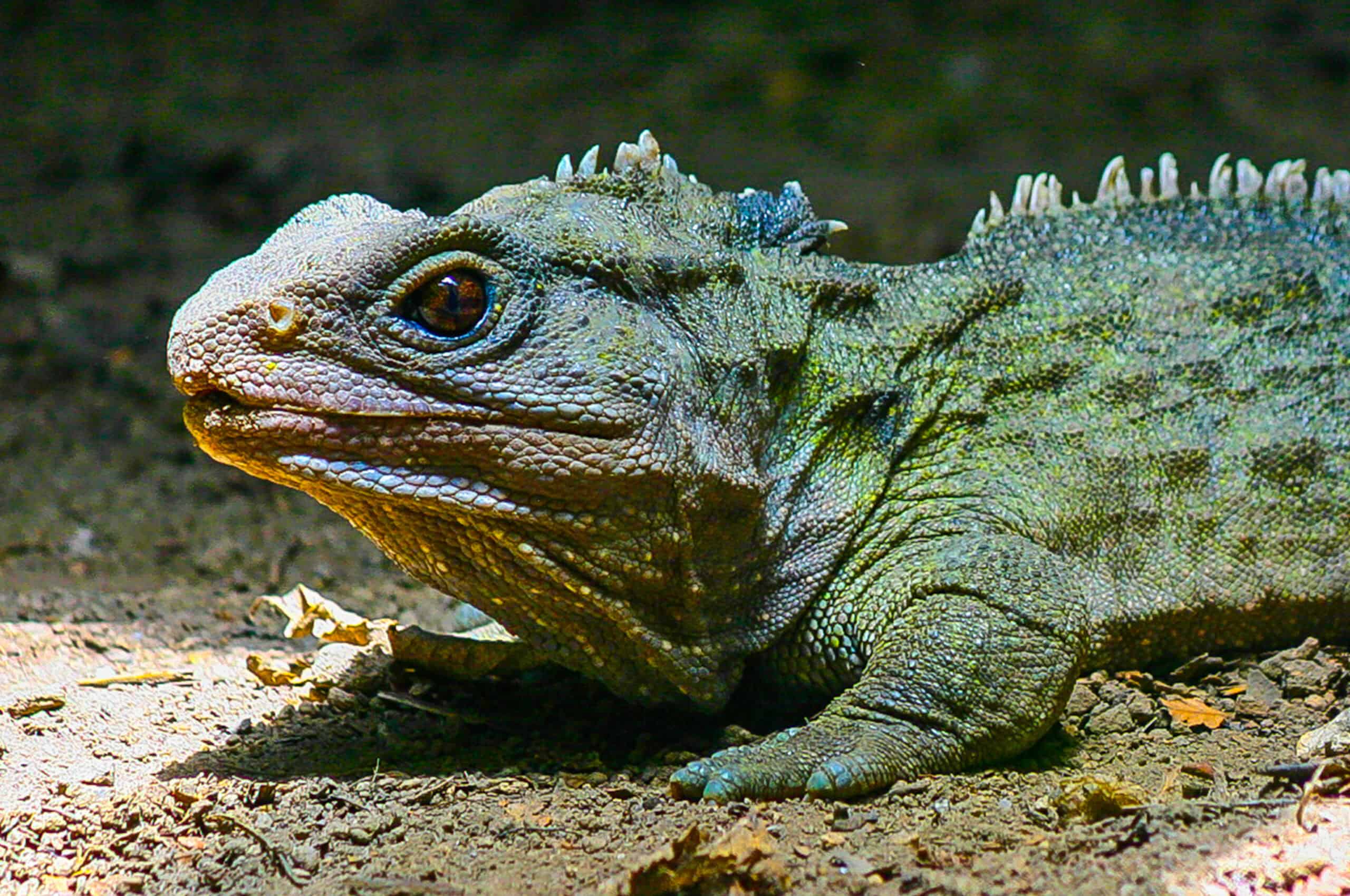
Some reptiles have existed for millions of years, surviving drastic environmental changes. These ancient species carry a rich history and have adapted to endure through millennia. Read More.
9 Greatest Individual Performances in a Single Game

Some games leave a permanent mark in history, thanks to incredible individual performances. These moments showcase not just skill but heart, resilience, and pure talent. Read More.
14 Unconventional Ways Athletes Train for Peak Performance

Athletes constantly look for new ways to improve their performance. Traditional training methods are often paired with unconventional techniques to reach peak potential. Read More.
